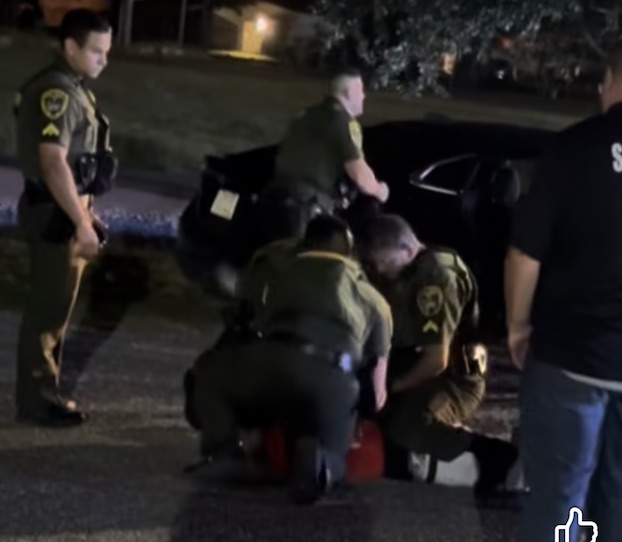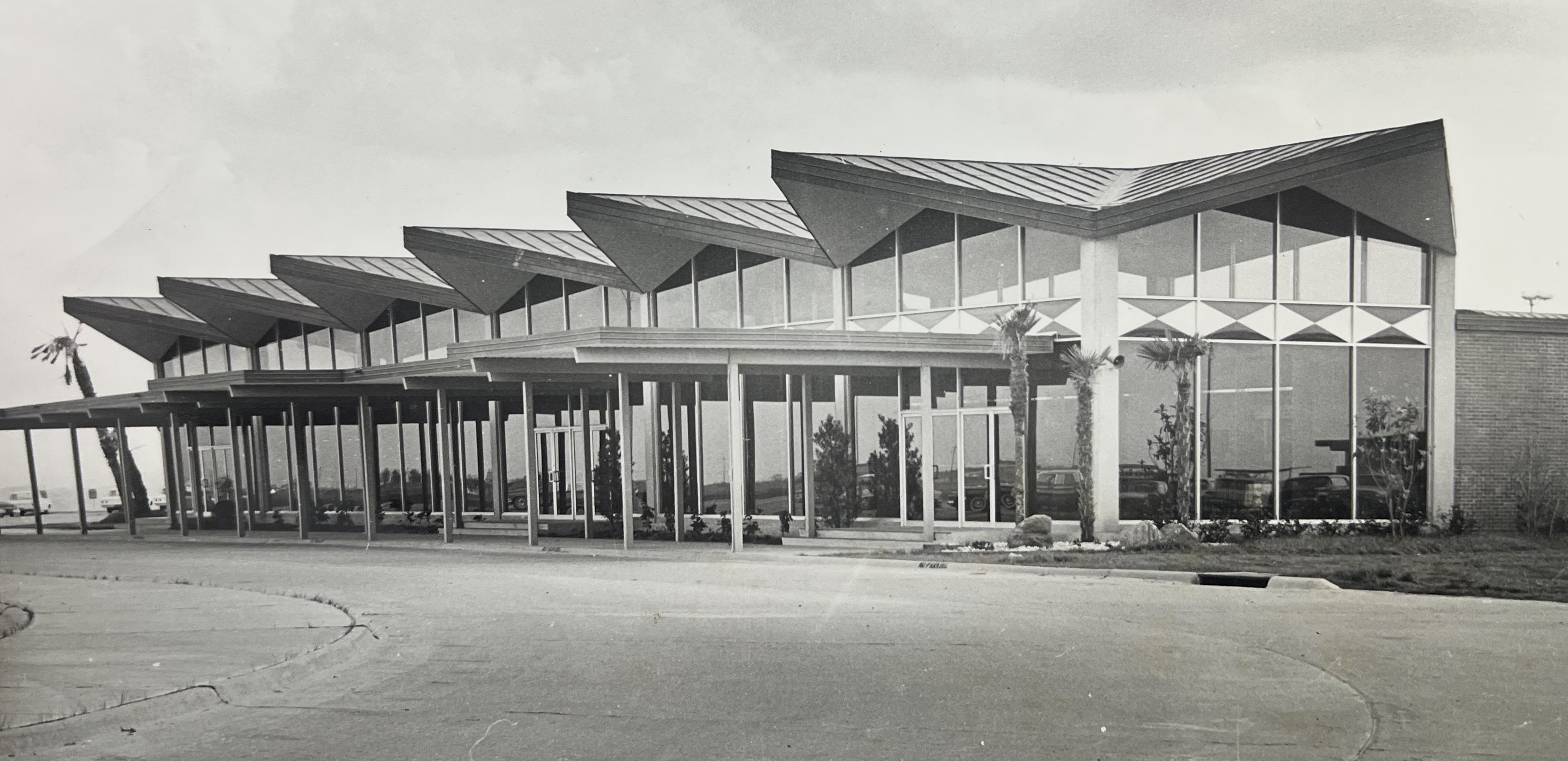Web double-edged sword: Social media offer relief, misinformation
Published 7:50 am Wednesday, August 17, 2016
The popularity of social media has been a boon to disaster response and recovery officials, but it’s also proved burdensome, said Dick Gremillion, head of the Calcasieu Parish Office of Emergency Preparedness.
<span class="R~sep~ACopyBody">Thanks to Facebook, Twitter and other platforms, Gremillion said, officials can pass along information to residents who would have fallen through the cracks just a decade ago, when most people relied on phone calls and email to relay news.</span>
<span class="R~sep~ACopyBody">That connectivity allows problems to be addressed early on, he said, but it also enables rumors to proliferate and leads to hard news being mixed with personal experiences.</span>
<span class="R~sep~ACopyBody">“It’s hard to keep that balance between getting proper information out and letting people express their own thoughts about what’s happening,” he said.</span>
<span class="R~sep~ACopyBody">To strike that balance and prevent confusion, Gremillion said, people should only share verified information on social media during emergencies. And, he said, they should beware of scammers who try via social media to capitalize on the flow of charitable donations during disasters. Only give money to recognized charities, he said.</span>
<span class="R~sep~ACopyBody">The growth of social media is a positive thing, Gremillion said, enabling people to voice their needs and receive help — and empowering regular people, not just professional responders, to chip in during the recovery process.</span>
<span class="R~sep~ACopyBody">Kip Coltrin of Carlyss is one of those people. After being contacted through Facebook by friends looking for a way to help flood victims, Coltrin said he used social media to gather a large following to send donations to victims in Baton Rouge.</span>
<span class="R~sep~ACopyBody">The group was able to gather a handful of 18-wheelers and fill them with donated supplies, he said. Law enforcement officers, business owners, truck drivers and food providers have all connected via social media to get these trucks loaded and driven to people in need, Coltrin said.</span>
<span class="R~sep~ACopyBody">“Bar none, without Facebook this would have never happened,” he said. “Every move we have made has been based on social media.”</span>
<span class="R~sep~ACopyBody">The group uses Facebook to post regular updates and live-stream their progress.</span>
<span class="R~sep~ACopyBody">Coltrin, who has a background in disaster relief, said people often want to rush off in rescue boats without realizing how dangerous that can be. But he said social media give people a way to contribute goods and services. He said the sharing of posts leads to a domino effect.</span>
<span class="R~sep~ACopyBody">“You can tag your people with a push of a button, say what you need to say, hit send, and it hits 3,000 people,” Coltrin said. “And then those 3,000 people hit send.”</span>
<span class="R~sep~ACopyBody">Facebook has been the primary information hub during the flooding, but official announcements can be found on Twitter. Snapchat, as well, has played its part in disaster response, giving users the ability to post pictures and video clips under a special section titled “Louisiana Flooding News.”</span>
<span class="R~sep~ACopyBody">Pictures posted on Instagram have also captured the effects of Louisiana flooding in places that news cameras might miss.</span>
<span class="R~sep~ACopyBody"> </span>
<p class="p1">Follow Emily Fontenot on Twitter at <a href="https://twitter.com/EmilyAmPress"><span class="s1">twitter.com/EmilyAmPress</span></a>
<span class="R~sep~ACopyBody">
</span>





